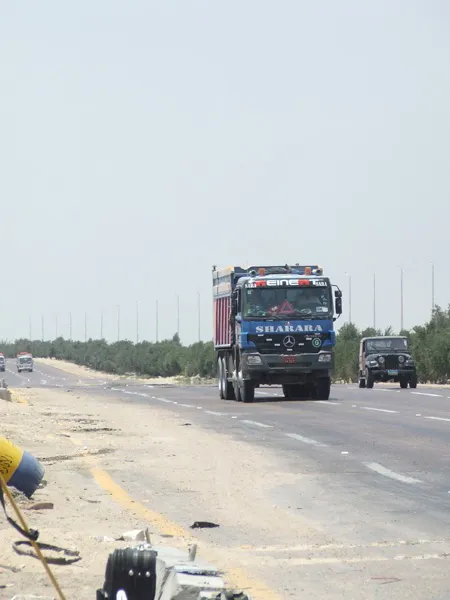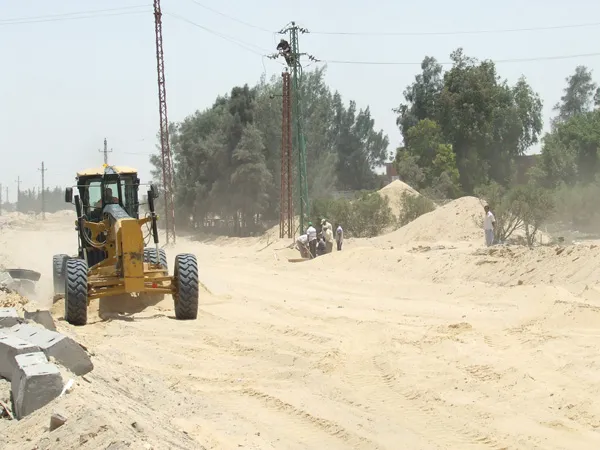Data from the A9 route in Scotland shows that the installation of average speed camera technology is helping cut crashes. This is Europe’s longest single enforcement scheme, with the technology having been installed along a 220km stretch of the A9 in Scotland. Figures from the route show that the average speed enforcement scheme, which uses SPECS technology supplied by Vysionics, is helping cut casualties while improving journey reliability and driver behaviour.
January 27, 2015
Read time: 3 mins
Data from the A9 route in Scotland shows that the installation of average speed camera technology is helping cut crashes. This is Europe’s longest single enforcement scheme, with the technology having been installed along a 220km stretch of the A9 in Scotland. Figures from the route show that the average speed enforcement scheme, which uses SPECS technology supplied by 3957 Vysionics, is helping cut casualties while improving journey reliability and driver behaviour.
The point to point enforcement system was installed between Dunblane and Inverness along a route known for its high casualty rate. The system will remain in place until the route is dualled, which is targeted for completion in 2025. The findings show that less than four vehicles/day have warranted further enforcement action, with overall speeding lowered from around one in three drivers to one in 20. Meanwhile examples of excessive speeding (16km/h or more above the limit) are down by 97%. Journey time reliability has also improved.
There is no evidence that drivers are avoiding the A9 however and feedback from hauliers suggests a significant reduction in journey times for HGVs.
The chair of the A9 Safety Group,4068 Transport Scotland’s Stewart Leggett, said:
The Scottish police force has commented that it in the first three months of operation it has seen a more than eightfold decrease in the number of people caught speeding on this stretch of road compared with the same time last year when there were 2,493 offences recorded.
Overall speeding has been reduced by around 76%. South of Perth, where 200 vehicles per day had previously been recorded at 160km/h or more, no vehicles are now being recorded at that speed.
Traffic volumes on the A9 have not been adversely affected by the introduction of cameras. Through the summer of last year, with cameras in place, volumes between Perth and Inverness were typically higher than the preceding year averaging over 2 per cent along the route. There is also no evidence to suggest significant diversion onto side roads or alternative routes as a consequence of speed enforcement on the A9.
Average journey times between Perth and Inverness have increased in line with projections. Modelling undertaken to estimate impacts of the cameras being in place suggested increases of between 3-14 minutes would be experienced between Perth and Inverness. The highest journey time increases were expected for vehicles that had previously been travelling at the highest excess speeds. Figures for December were slightly higher, but are attributable to roadworks associated with maintenance operations and ground investigation works for the A9 dualling programme.
Journey time reliability is improving with a reduction on the number of incidents on the route and the subsequent impacts caused by lane restrictions or carriageway closures.
The typical incident monitoring period for road safety schemes is the three-year period after completion of the scheme, compared to the equivalent time before its delivery. Initial assessment suggests that the number of fatal and serious accidents between Perth and Inverness is substantially lower this summer than in any of the three preceding summers, measured from early June, over the same time the average speed cameras were being deployed.
The point to point enforcement system was installed between Dunblane and Inverness along a route known for its high casualty rate. The system will remain in place until the route is dualled, which is targeted for completion in 2025. The findings show that less than four vehicles/day have warranted further enforcement action, with overall speeding lowered from around one in three drivers to one in 20. Meanwhile examples of excessive speeding (16km/h or more above the limit) are down by 97%. Journey time reliability has also improved.
There is no evidence that drivers are avoiding the A9 however and feedback from hauliers suggests a significant reduction in journey times for HGVs.
The chair of the A9 Safety Group,
The Scottish police force has commented that it in the first three months of operation it has seen a more than eightfold decrease in the number of people caught speeding on this stretch of road compared with the same time last year when there were 2,493 offences recorded.
Overall speeding has been reduced by around 76%. South of Perth, where 200 vehicles per day had previously been recorded at 160km/h or more, no vehicles are now being recorded at that speed.
Traffic volumes on the A9 have not been adversely affected by the introduction of cameras. Through the summer of last year, with cameras in place, volumes between Perth and Inverness were typically higher than the preceding year averaging over 2 per cent along the route. There is also no evidence to suggest significant diversion onto side roads or alternative routes as a consequence of speed enforcement on the A9.
Average journey times between Perth and Inverness have increased in line with projections. Modelling undertaken to estimate impacts of the cameras being in place suggested increases of between 3-14 minutes would be experienced between Perth and Inverness. The highest journey time increases were expected for vehicles that had previously been travelling at the highest excess speeds. Figures for December were slightly higher, but are attributable to roadworks associated with maintenance operations and ground investigation works for the A9 dualling programme.
Journey time reliability is improving with a reduction on the number of incidents on the route and the subsequent impacts caused by lane restrictions or carriageway closures.
The typical incident monitoring period for road safety schemes is the three-year period after completion of the scheme, compared to the equivalent time before its delivery. Initial assessment suggests that the number of fatal and serious accidents between Perth and Inverness is substantially lower this summer than in any of the three preceding summers, measured from early June, over the same time the average speed cameras were being deployed.








